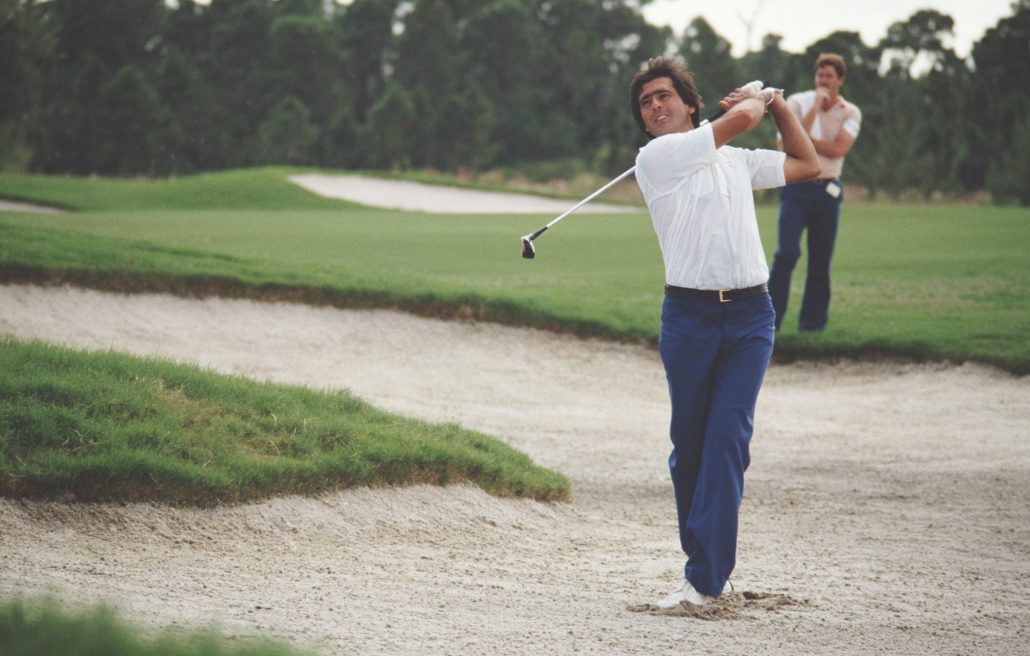Another Ryder Cup, this time at Whistling Straits, is done and dusted with the trophy in American safekeeping for another two years.
It is always the most eagerly awaited event in golf, but I am old enough to remember a time when it was just an annual exhibition of American superiority.
People like to believe that the tied match in 1969, when Jack Nicklaus conceded Tony Jacklin’s short putt on the last, was the big breakthrough, but in fact it was an anomaly. It would be another 16 years before the US team lost and by then they were no longer facing a British team, but a European one.
Another fact people conveniently forget is that opening up the team to include players from continental Europe was far from being an instant gamechanger. It was done for many and various reasons, but in retrospect the key was that a global superstar had arrived from Spain.
The 19-year-old Severiano Ballesteros announced himself with a second-place finish at The Open Championship at Royal Birkdale in 1976. He was 22 when he made his Ryder Cup debut at The Greenbrier in 1979 and, far from galvanising the team, he won just one point in five starts. Traditionalists were sharpening their knives. A grand old (losing) tradition had been sullied by the unseemly desire to win, on the back of which a dusky foreigner had been admitted to the inner sanctum.
Two years later the same people would have felt vindicated: Seve wasn’t even selected for the 1981 Ryder Cup, being in dispute with the European Tour over appearance money.
But 1981 was significant for the selection of the first German player for the team, Bernhard Langer. It was the beginning of 10 Ryder Cup appearances for Langer, arriving just 11 months after his first European Tour victory at the Dunlop Masters.
Four decades later, he’s still doing it, entering the winner’s circle on the Champions Tour with monotonous regularity. Still it made no difference; the US won by nine clear points.
The story really starts with the 1983 encounter at PGA National in Palm Beach. The US won, but the contest came down to the last two singles matches.
With Seve back in the fold and Tony Jacklin captain for the first time, this European team had the one thing hardly any of its predecessors had: belief.
Seve had won his second Masters title earlier in 1983 and, incredibly, by 1991 he had been joined by Langer, Sandy Lyle, Nick Faldo and Ian Woosnam, all of whom made the team for PGA National. These were the glory years of European golf when the thing that makes sport special loomed large: a genuine contest.
So when, in 1985, the Europeans won for the first time you couldn’t call it unexpected. Indeed, in many ways it seemed inevitable and the Ryder Cup has been required viewing ever since. You might even say the Ryder Cup has been going on for 50 years too long, but it was the first 50 years, of course.
– This column first appeared in the November 2021 issue of Compleat Golfer magazine. Subscribe here!









